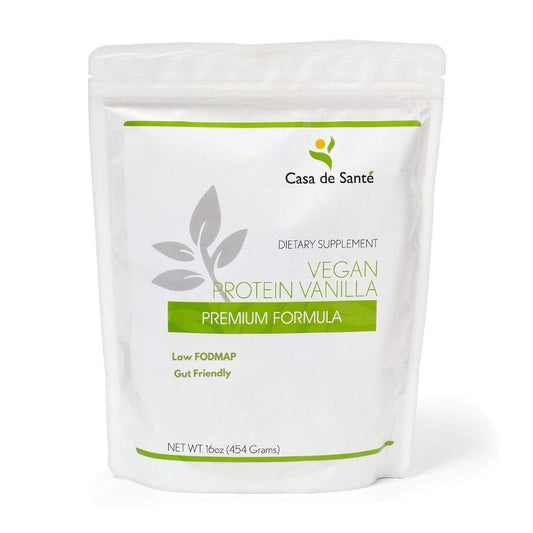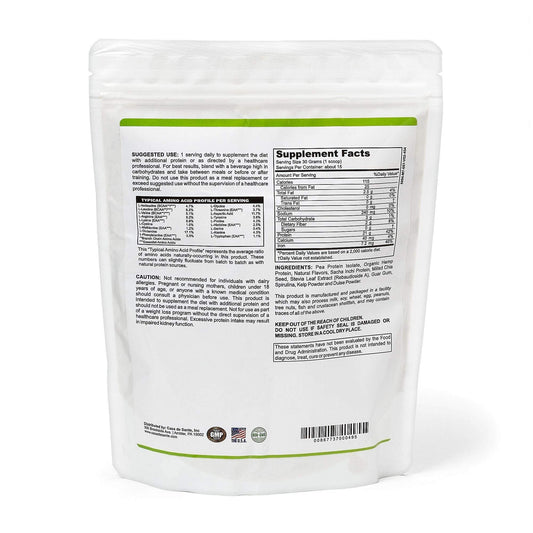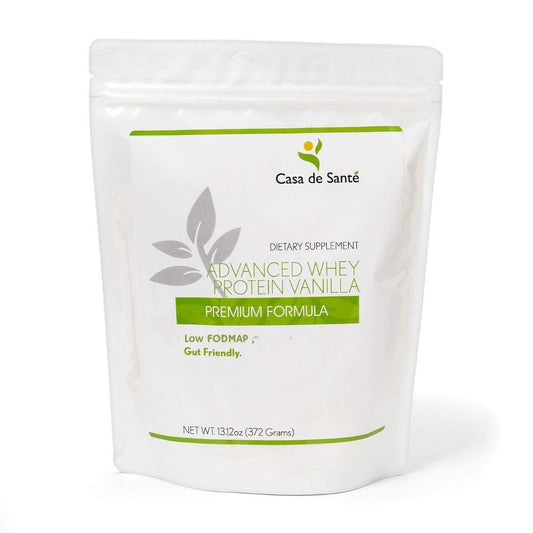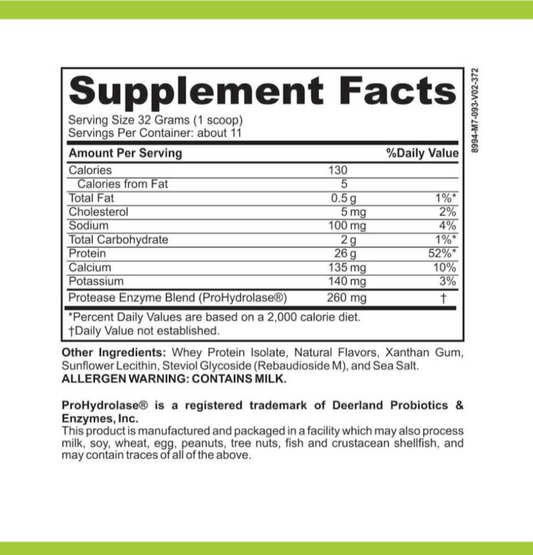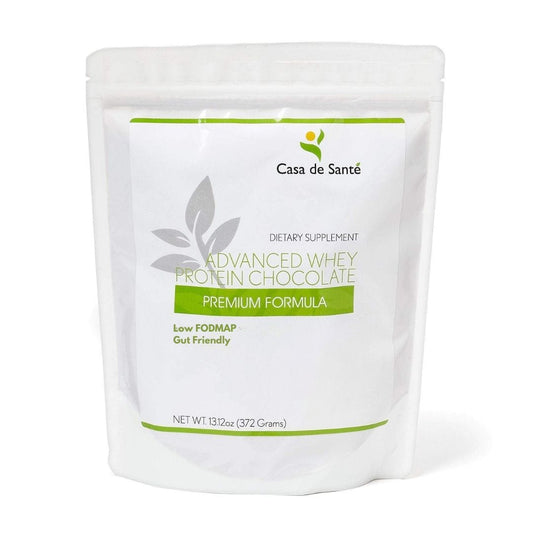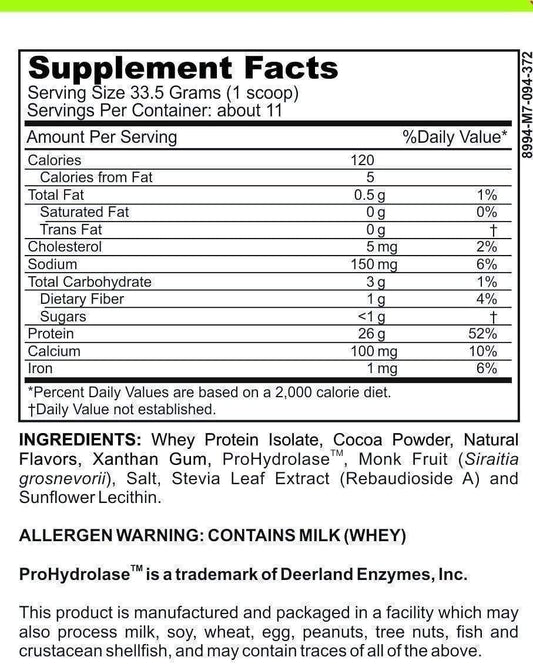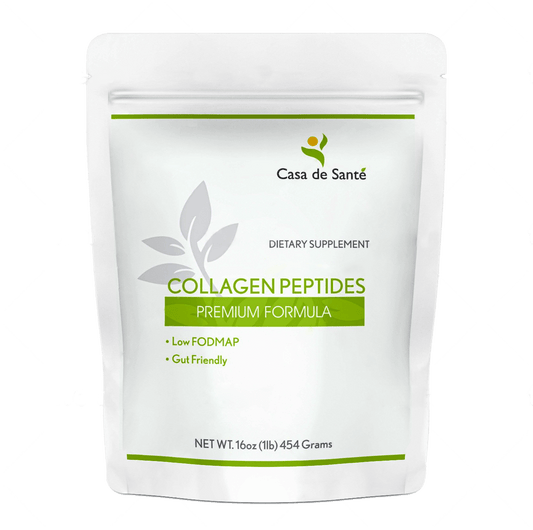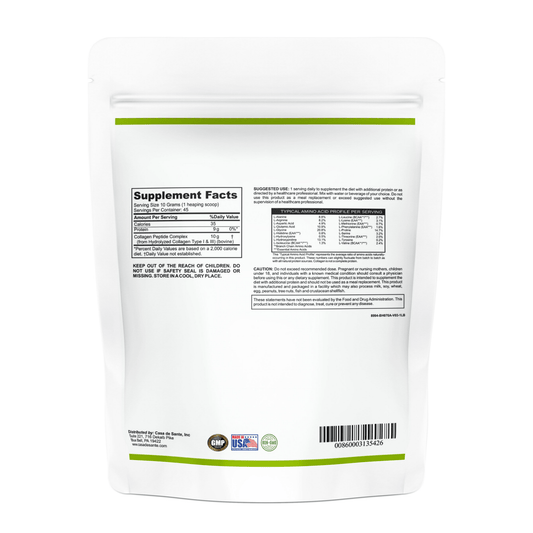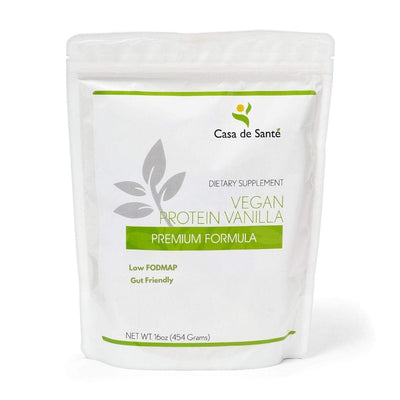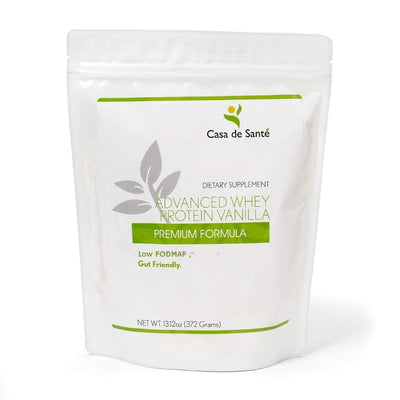Does Whey Protein Form Lumps
Does Whey Protein Form Lumps
Have you ever opened a container of whey protein powder, only to find lumps forming? If you're a fitness enthusiast or someone who relies on protein supplements, this is a common occurrence that can be frustrating. In this article, we will delve into the topic of lumpy whey protein and explore its causes, effects, and potential solutions. With a better understanding, you'll be better equipped to make informed decisions about your protein consumption.
Understanding Whey Protein
Before we dive into the world of lumpy whey protein, let's first familiarize ourselves with what whey protein actually is. Whey protein is a high-quality protein derived from milk. It is a complete protein, meaning it contains all of the essential amino acids that our bodies need. Whey protein is a popular choice among athletes and fitness enthusiasts due to its fast absorption rate and excellent amino acid profile.
But what makes whey protein so special? Let's take a closer look.
What is Whey Protein?
If you're new to the world of fitness supplements, you might be wondering what exactly whey protein is. Whey protein is the liquid part of milk that separates during the cheese-making process. It is then processed and dried to create a powder form that is convenient for consumption. But why is it called whey protein?
The term "whey" actually comes from the Old English word "whey," which means "liquid that remains after milk has been curdled and strained." So, whey protein is essentially the protein that is left behind after the milk has gone through the cheese-making process.
Whey protein powder is incredibly versatile and can be easily added to shakes, smoothies, and even baked goods. It provides a convenient way to increase your protein intake without having to consume large amounts of meat or other protein-rich foods.
The Composition of Whey Protein
Whey protein consists of various components, such as proteins, carbohydrates, fats, vitamins, and minerals. These components work together to provide a wide range of health benefits.
Let's break down the composition of whey protein:
- Proteins: The primary proteins found in whey protein are whey concentrate, whey isolate, and whey hydrolysate. These proteins differ in their levels of processing and protein content, with whey isolate being the purest form. Whey protein is known for its high biological value, which means that it is easily absorbed and utilized by the body.
- Carbohydrates: Whey protein contains a small amount of carbohydrates, which provide energy for the body. However, the carbohydrate content in whey protein is relatively low compared to other protein sources.
- Fats: Whey protein contains a small amount of fats, including saturated fats and unsaturated fats. These fats are essential for various bodily functions and provide a source of energy.
- Vitamins and Minerals: Whey protein contains a range of vitamins and minerals, including calcium, potassium, and vitamin B12. These nutrients are important for maintaining overall health and supporting various bodily functions.
By understanding the composition of whey protein, you can make informed decisions about how to incorporate it into your diet and fitness routine.
The Science Behind Lumpy Whey Protein
Now that we've covered the basics of whey protein, let's address the issue of lumps. It's not uncommon for whey protein powder to form lumps, and there are several factors that contribute to this phenomenon.
When it comes to lump formation in whey protein, moisture is a common culprit. If moisture seeps into the container, it can cause the powder to clump together. This is why it's important to store your whey protein in a cool, dry place and ensure that the container is tightly sealed. Moisture can come from various sources, such as humidity in the air or accidental contact with water. Even a small amount of moisture can trigger the clumping process.
Another factor that can contribute to lump formation is exposure to heat and humidity. High temperatures and humid environments can exacerbate the issue, as they provide the ideal conditions for moisture to interact with the whey protein powder. So, if you live in a hot and humid climate, it's especially important to take precautions to prevent lumps from forming.
The Role of Temperature and Mixing in Lump Formation
Temperature and mixing play crucial roles in the formation of lumps in whey protein. When whey protein is exposed to moisture or high temperatures, it can cause the proteins to denature, resulting in clumping. Denaturation is a process in which the protein's structure is altered, leading to the loss of its functional properties. In the case of whey protein, denaturation can occur when the proteins are exposed to heat or moisture for an extended period.
Inadequate mixing can also contribute to the formation of lumps. When you add whey protein powder to a liquid, it's important to mix it thoroughly to ensure that all the protein particles are evenly dispersed. If the powder is not properly mixed, undissolved protein particles can clump together, leading to the formation of lumps. To avoid this, use a shaker bottle or blender to mix your whey protein with your chosen liquid. This will help break up any clumps and ensure a smooth consistency.
It's worth noting that not all lumps in whey protein are necessarily a cause for concern. Sometimes, small lumps can be the result of the protein powder's natural properties and the manufacturing process. However, if you consistently experience large, hard lumps in your whey protein, it may be a sign of poor quality or improper storage.
Understanding the factors that contribute to lump formation in whey protein can help you take the necessary steps to prevent it. By storing your whey protein properly, avoiding exposure to heat and humidity, and ensuring thorough mixing, you can enjoy a smooth and lump-free protein shake every time.
The Impact of Lumpy Whey Protein on Nutrition
Now, let's explore whether lumpy whey protein affects its nutritional value and overall digestibility.
Whey protein is a popular supplement among athletes and fitness enthusiasts due to its high protein content and essential amino acids. It is commonly used to support muscle growth, recovery, and overall health. However, sometimes you may encounter lumps in your whey protein powder, which can raise concerns about its nutritional value and digestibility.
Does Lumping Affect Nutritional Value?
The good news is that lumps in whey protein generally do not affect its nutritional value. The protein content and amino acid profile remain unchanged, regardless of the presence of lumps. Whey protein is derived from milk and goes through a process of filtration and purification to isolate the protein. This process ensures that the protein remains intact and unaffected by the presence of lumps.
So, rest assured that your protein intake is not compromised by lumps. You can still enjoy the benefits of whey protein, such as supporting muscle recovery and promoting satiety, even if you encounter lumps in your powder.
Digestibility of Lumpy Whey Protein
Some individuals may find that lumpy whey protein is more difficult to digest compared to a smooth consistency. The lumps can create a slightly grainy texture, which may require more effort from your digestive system to break down.
However, in most cases, the lumps will be broken down during digestion, allowing your body to absorb the protein effectively. The stomach acid and digestive enzymes work together to break down the protein into smaller peptides and amino acids, which can then be absorbed by the small intestine.
It's important to note that individual differences in digestion may exist. Some people may have a more sensitive digestive system and may experience discomfort or bloating when consuming lumpy whey protein. In such cases, it may be helpful to try different brands or types of whey protein to find the one that suits your digestive needs.
Additionally, you can also try blending or shaking your whey protein powder with liquid to ensure a smoother consistency. This can help minimize the formation of lumps and make it easier to digest.
In conclusion, while lumpy whey protein may present a slight inconvenience in terms of texture, it does not significantly impact the nutritional value or overall digestibility. You can continue to enjoy the benefits of whey protein, even if you encounter lumps in your powder.
Preventing and Dealing with Lumpy Whey Protein
Whey protein is a popular supplement among fitness enthusiasts and athletes due to its high protein content and fast absorption rate. However, one common issue that can arise when using whey protein is the formation of lumps. These lumps can be frustrating and affect the overall taste and texture of your protein shake. Fortunately, there are measures you can take to prevent and deal with lumpy whey protein.
Best Practices for Mixing Whey Protein
When preparing your whey protein shake, it is essential to follow best practices for mixing. Start by adding a small amount of liquid to your shaker or blender, then gradually add the whey protein powder while shaking or blending. This method promotes better dissolution and can help prevent lumps from forming.
In addition to the mixing technique, the type of liquid you use can also play a role in preventing lumps. Opt for liquids that are at room temperature or slightly warmer, as cold liquids can make it more challenging for the protein powder to dissolve completely. Popular choices include water, milk, or plant-based milk alternatives.
Another tip to consider is the order in which you add ingredients to your shake. It is generally recommended to add the liquid first, followed by the protein powder, and then any additional ingredients such as fruits, nut butter, or sweeteners. This order of addition can help ensure that the protein powder is evenly distributed and has a better chance of dissolving without forming lumps.
Solutions for Dealing with Lumpy Whey Protein
If you are faced with lumpy whey protein, fear not, as there are solutions available to alleviate the issue. Using a blender or a shaker with a mixing ball can help break down the lumps effectively. The mixing ball, often made of stainless steel or plastic, works by agitating the protein powder as you shake the container, helping to disperse any clumps and create a smoother consistency.
Alternatively, if you don't have a blender or a shaker with a mixing ball, you can use a whisk or a fork to manually break down the lumps. Simply vigorously whisk or stir the protein shake until the lumps are dissolved. While this method may require a bit more effort, it can still be effective in achieving a smooth texture.
Another solution to consider is sifting the protein powder before use. This involves using a fine-mesh sieve or a flour sifter to remove any clumps or particles that may be present in the powder. By sifting the powder, you can ensure a smoother consistency and minimize the chances of lumps forming when you mix it with liquid.
It's worth noting that the quality of the whey protein powder can also impact the likelihood of lumps forming. Opting for a reputable brand and ensuring that the powder is not expired or exposed to moisture can help prevent clumping issues.
In conclusion, preventing and dealing with lumpy whey protein is possible by following best practices for mixing, using appropriate tools such as blenders or shakers with mixing balls, and considering techniques like sifting the powder. By taking these measures, you can enjoy a smooth and delicious protein shake every time.
Frequently Asked Questions About Whey Protein and Lumps
Is Consuming Lumpy Whey Protein Safe?
Consuming lumpy whey protein is generally safe. As mentioned earlier, lumps do not affect the nutritional value of whey protein, so there is no cause for concern. However, it is always a good idea to check for any signs of spoilage or unusual odors before consuming any protein powder.
Does the Brand of Whey Protein Affect Lump Formation?
While lump formation can occur with various brands of whey protein, the extent and frequency of lumps may vary. Factors like quality control and manufacturing processes can influence lump formation. It is recommended to opt for reputable brands known for their high-quality products and customer satisfaction.
As you can see, lumpy whey protein is a common occurrence that can be managed with proper knowledge and techniques. By understanding the causes of lump formation and implementing preventative measures, you can enjoy your whey protein powder without the frustration of lumps. Remember to prioritize proper mixing and storage to maintain the smooth consistency of your whey protein and reap the benefits of this valuable supplement.

